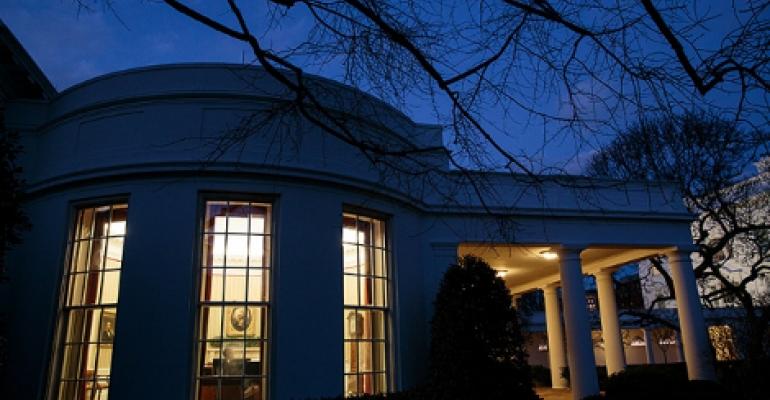Top White House technology and acquisition officials are making a push to reduce the federal government’s enormous annual software spend.
The government’s various agencies make more than 50,000 software purchase transactions, collectively spending about $9 billion. A lot of that money is spent on unnecessary, redundant software licenses. To combat the inefficiency, US CIO Tony Scott and chief acquisition officer Anne Rung want to create a more centralizes strategy for software purchases by government IT.
Departments of Defense and Interior, for example, are some of the largest buyers of geospacial software within the government. If and when a new government-wide system that’s in the works gets up and running, both will be able to take advantage of government-wide volume discounts and reduce duplication, saving millions of dollars as a result, Scott and Rung wrote in a joint blog post announcing the effort.
The effort aims to reduce government IT spending on software in a similar way another recent change cut the cost of laptops and desktop computers. The Office of Management and Budget issued a directive prohibiting agencies from issuing new contracts for the machines, requiring them to use three existing contracts.
For at least one of those existing contracts, NASA’s Solutions for Enterprise-Wide Procurement, vendors dropped their prices for some of the standard-configuration computers by up to 50 percent one month later, according to the two chiefs.
The recent memo about proposed changes to software buying processes invites agency heads to comment on the changes. It is one of numerous new Category Management policies, issued to centralize purchasing of common commodities by the government.
Agencies struggle to create accurate inventories of software they own, often buy capabilities they don’t need, and don’t share details about their purchases, such as pricing, terms, and conditions, to improve purchasing, the memo read. Most of them don’t have a centralized authority that manages software agreements or employees who know how to properly negotiate and manage large software agreements.
The proposed policy aims to address those problems. In effect, this and other Category Management policies attempt to make the government act more like a private-sector company when buying products and services, leveraging scale to bring down the cost.





